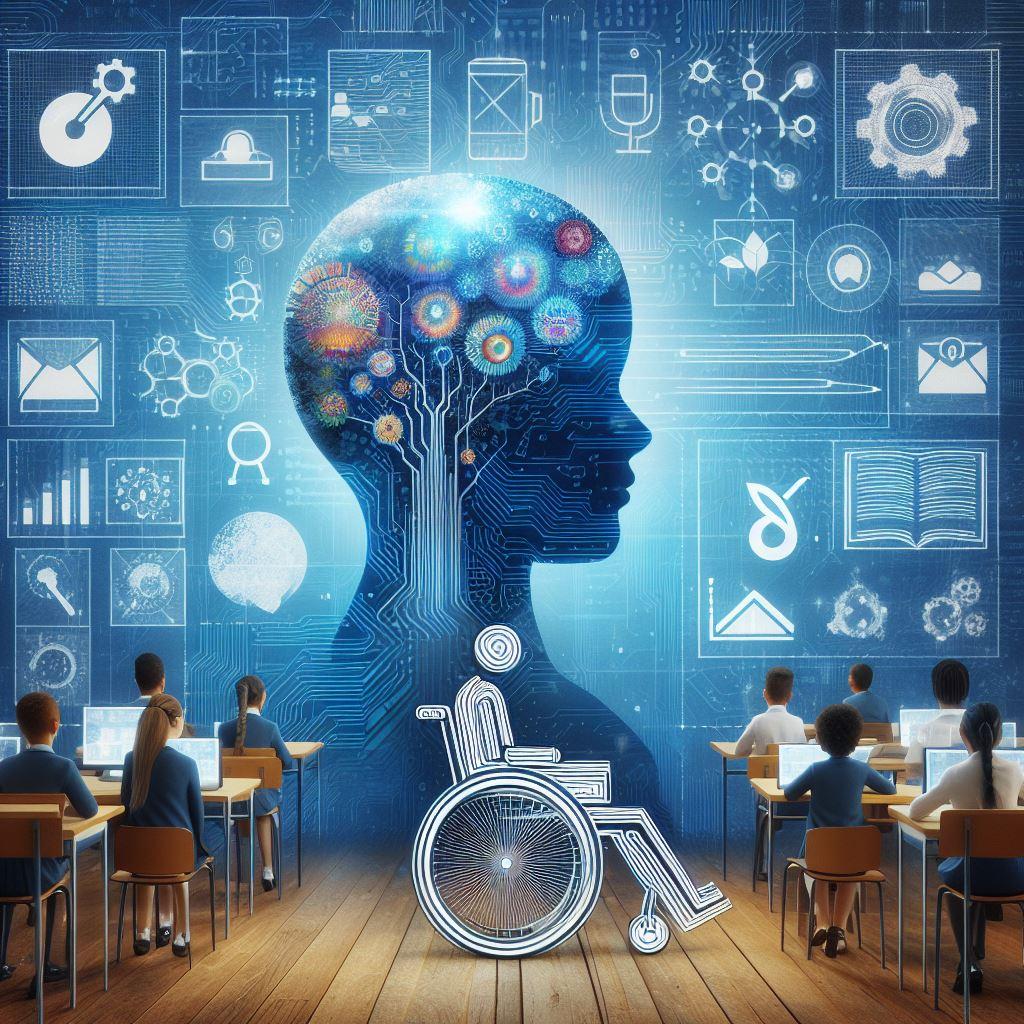How AI Empowers Students with Disabilities: Transforming Education Support
Artificial Intelligence (AI) is dramatically reshaping the landscape of modern education—but nowhere is its impact more profound than in support for students with disabilities. as schools strive to create inclusive environments, AI-driven technologies are emerging as powerful tools that unlock new learning possibilities. This article explores how AI empowers students with disabilities, transforming education support, and fostering a more accessible, equitable future.
Understanding the Educational Challenges for Students with Disabilities
Over 15% of the world’s population lives with some form of disability. In the classroom, students with disabilities can face various barriers, including:
- Limited access to instructional materials
- Difficulties with conventional communication and assessment methods
- Physical or cognitive challenges impacting engagement
- Lack of personalized support
These challenges can hinder academic progress and self-confidence. However, advancements in artificial intelligence for education are breaking down many of these barriers.
How AI Empowers Students with Disabilities
AI in education brings forth innovative solutions that offer personalized, accessible, and engaging learning experiences. Here’s how AI empowers students with disabilities:
1. Personalized Learning Paths
- Adaptive AI algorithms analyze each student’s strengths and weaknesses, customizing lessons, pace, and assessments.
- Learning management systems use AI to track progress and adjust content for optimal learning outcomes.
- Students with learning disabilities like dyslexia or ADHD recieve tailored content in accessible formats.
2. Real-time Assistive technologies
- Text-to-speech and speech-to-text: AI-powered readers convert text into audio, while dictation software enables students to write using their voice.
- Automatic captioning: Real-time speech recognition generates accurate subtitles for video lessons and classroom discussions.
- AI sign language translators: Computer vision interprets sign language and translates it into spoken or written language.
3. accessible Assessment Methods
- AI can create accessible quizzes tailored to use with screen readers or option input devices.
- Automated feedback allows students to progress at their own pace, reducing stress and improving understanding.
4. Enhanced Communication Tools
- AI-driven chatbots and virtual tutors offer instant support, answering questions and guiding students through coursework.
- Augmentative and alternative communication (AAC) devices use AI to help non-verbal students or those with speech impairments express themselves.
Benefits of AI for Students with Disabilities
- Increased Independence: Students gain confidence as they navigate learning experiences without constant reliance on human assistance.
- Greater Inclusion: AI bridges gaps, allowing all students to participate fully in classroom activities.
- Higher Academic Achievement: Personalized support and adaptive learning boost performance and retention.
- Reduced Stigma: many AI tools integrate seamlessly, allowing assistive support without singling out individuals.
- Continuous Engagement: Interactive and adaptive technologies keep students motivated and engaged.
Case Studies: Real-World AI Solutions Transforming Educational Support
Case Study 1: Microsoft’s Immersive Reader
Microsoft’s immersive Reader provides tools like text-to-speech, translation, and visual enhancements. It supports students with dyslexia, ADHD, and visual impairments by making digital content more accessible—leading to improved reading comprehension and participation.
Case Study 2: Google’s Live transcribe & Sound Notifications
For students with hearing impairments,Google’s Live Transcribe app uses AI to provide real-time transcription of classroom discussions and alerts users to important sounds.this empowers students to follow along and stay engaged in interactive environments.
Case Study 3: AI-powered AAC Devices
Startups like AssistiveWare and Tobii Dynavox integrate AI into augmentative and alternative communication (AAC) devices. Students with speech impairments communicate more effectively, fostering social and academic advancement in inclusive settings.
First-Hand Experiences: Student and Educator Perspectives
“Using AI-powered dictation tools has fully changed my son’s approach to writing assignments.He no longer fears essays and is so much more confident in expressing his thoughts.” – Parent of a middle schooler with dyslexia.
“As an educator, having AI support in the classroom allowed me to better personalize my teaching and ensure no student was left behind.” – High school teacher, inclusive education program.
Teachers and students worldwide are already seeing the benefits of AI for education support—anecdotes like these underscore how transformative these technologies can be.
Practical Tips: Integrating AI Tools for Students with Disabilities
- Start Small: Introduce one or two AI-driven tools, such as text-to-speech readers or captioning apps, based on student needs.
- Involve Students: Encourage feedback and adaptation as students interact with new technologies.
- Provide Training: Offer resource guides and tutorials for teachers and parents to maximize tool usage.
- Stay Informed: Keep up to date with the latest AI innovations in the education technology (EdTech) space.
- Protect Privacy: Choose AI solutions that are compliant with local privacy and data protection regulations.
Best AI Tools for Supporting Students with Disabilities
- Microsoft Immersive Reader – Ideal for students with reading difficulties.
- Kurzweil 3000 – Offers thorough reading, writing, and study support.
- Google’s Read&Write – Versatile tool with text-to-speech,word prediction,and vocabulary support.
- Voiceitt – AI-driven speech recognition for those with non-standard speech patterns.
- Seeing AI – Provides visual descriptions for students with visual impairments.
Future Outlook: The Road Ahead for AI in Inclusive Education
The growth of AI in education is opening new horizons for inclusivity. Key trends to watch include more robust natural language processing, improved emotion recognition, and AI tutors that can adapt to multiple learning styles. As technology evolves, it’s essential that developers, educators, and policymakers work together to ensure AI solutions continue to uphold ethical standards and genuine accessibility for all learners.
conclusion: Empowering Every Learner Through AI
AI is setting the stage for a revolution in how students with disabilities access and experience education. By making learning resources more accessible, adaptive, and engaging, AI not only empowers students with disabilities—it paves the way for more inclusive classrooms for everyone. Embracing AI-driven education support means every student gets the chance to reach their fullest potential, transforming the future of learning into one that is truly equitable.

